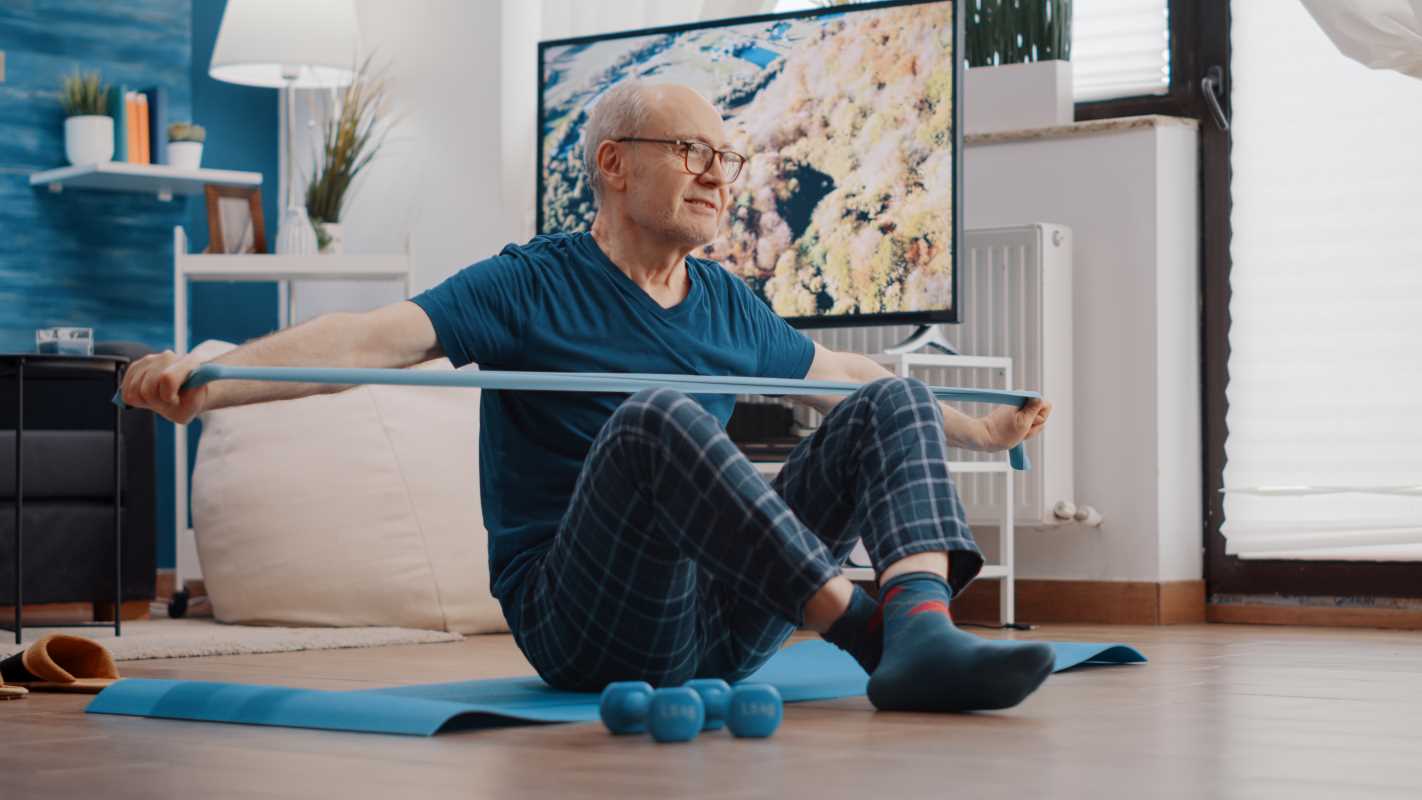Anxiety often disrupts daily life, especially for teens who manage the demands of academics, friendships, and personal growth all at once. Stress can quickly become overwhelming, turning minor worries into constant distractions. Finding reliable, science-based methods to ease those nerves gives teens practical tools to handle tough moments. This article explores proven approaches for calming anxiety, along with easy lifestyle changes that blend seamlessly into a busy routine. With these insights, both teens and their families can address anxious feelings directly and find relief that fits their everyday lives.
Understanding Adolescent Anxiety
Adolescence comes with a whirlwind of changes—physical growth, shifting friendships, and college or career questions. All of that can spark feelings of worry or panic. Experts define anxiety as the brain’s response to perceived threats, real or imagined. When that reaction happens too often or too intensely, it turns into a chronic issue that affects daily life.
Common signs include racing thoughts at bedtime, muscle tension before exams, or avoiding a group chat because of fear about what people will say. Anxiety often looks different from person to person. Recognizing patterns—like always needing reassurance or feeling restless—helps you pick targeted solutions rather than hoping random tips work.
Cognitive-Behavioral Techniques
Cognitive-Behavioral approaches aim to spot and reshape unhelpful thinking patterns. Research shows these tactics cut anxiety symptoms significantly for teens in just a few weeks. The goal is simple: catch thought loops that spiral into panic and swap them for balanced ideas.
- Identify Automatic Thoughts: Keep a short daily log of anxious feelings. Note the situation, what you thought, and how intense it felt. Writing down specifics turns vague worry into clear facts you can challenge.
- Question Distortions: Ask yourself whether you’re using “all-or-nothing” thinking or predicting disaster without proof. For instance, replace “I’ll fail if I mess up once” with “Everyone makes mistakes; I can learn from this one.”
- Behavioral Experiments: Test out a scary prediction in a small way. If you fear speaking up in class, plan to share one comment and note the real outcome. Usually, the result shows your worry exaggerated the risk.
- Thought Replacement: Swap negative self-talk with calming phrases. Instead of “I’ll embarrass myself,” try “I can handle this, and even if it’s not perfect, I’ll learn.” Repeat that until it feels natural.
Mindfulness and Relaxation Practices
Centered breathing and brief attention exercises train the mind to stay in the moment instead of racing ahead to worst-case scenarios. You don’t need special equipment—just a few minutes and a quiet spot. Teens notice feeling calmer within days of practicing regularly.
- Box Breathing: Inhale for four counts, hold for four, exhale for four, hold again for four. Repeat five times to reset your nervous system.
- Body Scan: Lie down or sit comfortably. Focus attention from your toes up to your head, noticing tension spots and consciously letting each muscle group relax.
- Grounding 5-4-3-2-1: Name five things you see, four you can touch, three you hear, two you smell, and one you taste. That sensory focus snaps you out of spirals.
- Mindful Walks: Take a short walk without music. Pay attention to your footsteps, the air on your skin, and sounds around you. A few minutes can clear mental clutter.
Healthy Habits and Environment
Small daily routines build up over time. Teens who follow healthy routines often notice anxiety decreases faster than with occasional coping tricks alone. Consistency matters more than perfection.
First, establish a sleep routine. Teens need between eight and ten hours each night. Turning off screens an hour before bed and dimming the lights helps your brain wind down. Next, focus on meals rich in protein, fiber, and healthy fats. Skipping breakfast or eating too much sugar spikes stress hormones.
Encourage regular movement, but make it enjoyable—dancing in your room, biking with friends, or trying a new sport. Aim for at least 30 minutes most days. Exercise releases endorphins that naturally lift mood. Finally, improve your study spaces: keep clutter low, add plants if possible, and select lighting that brightens the brain rather than creating harsh glare.
When to Seek Professional Help
Sometimes, personal tools and family support do the trick. Other times, anxiety keeps coming back despite trying multiple approaches. That’s a sign to seek help. Therapists and counselors use deeper methods to break intense anxiety cycles.
Consider booking an appointment if:
- You feel a constant knot in your stomach that won’t let go
- You struggle to sleep more than three nights a week
- You avoid social or school activities you once enjoyed
- You have thoughts about harming yourself or others
Finding a specialist who works with young people makes the process smoother. Many offer sliding-scale fees or telehealth sessions if traveling to an office feels stressful. A good match between teen and provider builds trust and sets the stage for real progress.
These tactics help teens reduce anxiety by providing practical steps. Consistent use of thinking tools, relaxation, and routines improves their confidence and resilience over time.







